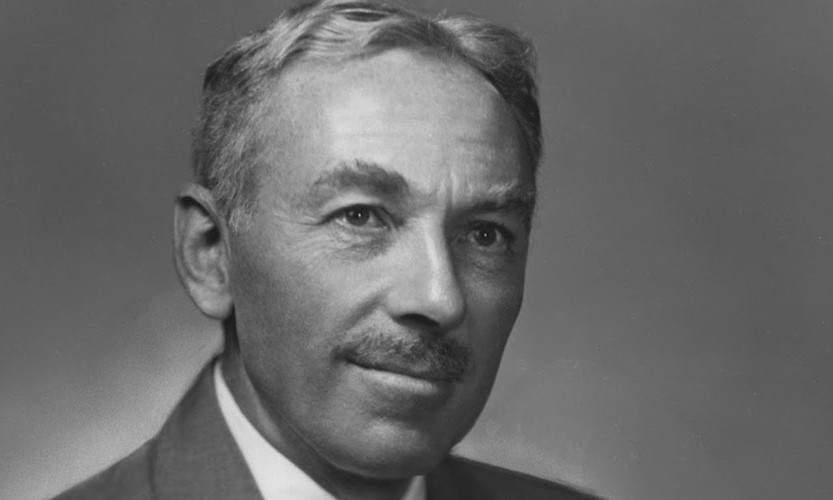
E.B. White will always be indebted to his niece. White joined the New Yorker Magazine in 1927 – two years after its founding – and for the next six decades he wrote essays and articles that established him as one of America's most influential and urbane writers. But it wasn't until White received encouragement from his young niece, Janice Hart White, that he turned his attention to children's fiction. In 1945, he published "Stuart Little," the story of a loveable mouse born to normal human parents. This book earned him instant fame as the author of what would become a classic children's book. Later, in 1952, White wowed audiences again with "Charlotte’s Web,” a children's story that focuses on the unlikely friendship between a pig and a spider. Both books received high acclaim, and "Charlotte's Web” won a Newbery Honor from the American Library Association. Afterwards, more honors began to pour in for White. He won the Gold Medal for Essays and Criticism from the National Institute of Arts and Letters in 1960, the Presidential Medal of Freedom in 1963, and the National Medal for Literature in 1971. In 1973, he was elected to the American Academy of Arts and Letters.
Before White was a best-selling author, he was just another anonymous student at Cornell University, where he arrived in 1917. As with many college students, White's time at Cornell was extremely impactful. While an undergraduate, he served as editor of the Cornell Daily Sun and studied under English Professor William Strunk, Jr. At the time, Strunk’s classic 1918 handbook "The Elements of Style" was required reading for Cornell students. (Later, in 1959, White updated and revised Strunk’s work.) White also enjoyed a healthy social life at Cornell. He was a member of the Aleph Samach society, the Quill and Dagger society, and the Phi Gamma Delta ("Fiji") fraternity. His efforts at Cornell resulted in him receiving a Bachelor of Arts degree in 1921.
Throughout his lifetime, White remained a strong supporter of his alma mater. In the early 1960s, Cornell University invited the world-famous writer to deposit his literary and personal papers in the Library’s Department of Rare Books. Naturally, White agreed to start a collection and sent Cornell most of his manuscripts and correspondence. Today, Cornell’s E. B. White Collection comprises more than 250 boxes of materials: manuscripts, letters, documents, clippings, photographs, filmstrips, film reels, note cards, cassette tapes, bound photocopies, medals, and awards, among others. Even White’s typewriter, desk, and table are included in the collection. As invaluable as ever, these materials not only document every aspect of White’s life and work, but also provide a chance to educate and inspire the next generation of Cornell artists and writers.
